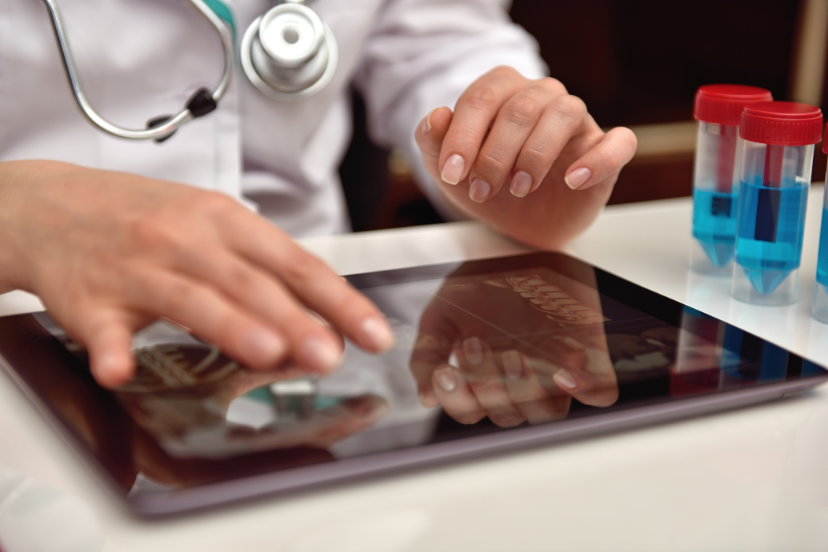What You Need to Know about Mobile Bone Density
Introduction
Welcome, bone health enthusiasts! Today, we embark on a journey through the fascinating realm of Mobile bone density. In this comprehensive guide, we’ll explore the intricacies of bone density, how it’s measured using mobile technology, and why it’s crucial for overall skeletal health. So, buckle up as we delve deep into this bone-chilling adventure!
Mobile bone density
When it comes to maintaining strong and healthy bones, mobile bone density is a crucial aspect often overlooked. But what exactly is it? Simply put, this density refers to the measurement of bone mass in different parts of the body using portable devices. Unlike traditional methods that require bulky machinery, the density assessments offer convenience and accessibility, making them ideal for various settings, from clinics to community health screenings.
Exploring the Significance
Understanding the significance of the density screening is paramount for proactive bone health management. Healthy bones are essential for overall well-being, providing structural support, protecting vital organs, and facilitating movement. As we age, our bones naturally undergo changes, becoming more susceptible to conditions like osteoporosis. By monitoring the density, healthcare professionals can assess fracture risk, detect bone loss early, and tailor interventions to prevent debilitating skeletal issues.
Measurement Techniques
Now, let’s delve into the nitty-gritty of Mobile bone density measurement techniques. Thanks to advancements in technology, several portable devices are available for assessing bone health on the go. These devices utilize various methods, including ultrasound and radiographic techniques, to provide accurate readings. Whether it’s measuring the density in the wrist, heel, or other skeletal sites, mobile devices offer convenience without compromising precision.
The Benefits of the Screening
The screening offers a plethora of benefits beyond convenience. Here are some compelling reasons to embrace this innovative approach to bone health assessment:
- Accessibility: Mobile devices bring bone density screening to diverse populations, including rural communities and underserved areas.
- Early Detection: Detecting bone loss early allows for timely interventions to prevent fractures and other complications.
- Cost-Effectiveness: Compared to traditional bone density scans, mobile screenings are often more affordable, making them accessible to a broader demographic.
- Portability: With lightweight and portable devices, healthcare providers can conduct screenings in various settings, from clinics to nursing homes.
- Patient Convenience: Mobile screenings save time and eliminate the need for travel to specialized facilities, enhancing patient compliance and satisfaction.
FAQs (Frequently Asked Questions)
1. What factors influence mobile bone density?
Various factors influence the density, including age, gender, genetics, lifestyle choices (such as diet and physical activity), and underlying medical conditions (such as osteoporosis or hormonal imbalances).
2. How often should this kind of density screenings be conducted?
The frequency of this density screenings depends on individual risk factors and healthcare provider recommendations. Generally, screenings may be recommended every 1-2 years for individuals at higher risk of bone loss or fracture.
3. Are mobile bone density screenings covered by insurance?
Coverage for this density screenings may vary depending on insurance providers and specific policies. It’s advisable to check with your insurance company to determine coverage options and any associated costs.
4. Can this density screenings be performed at home?
While some portable devices allow for home use, it’s essential to undergo screenings under the guidance of qualified healthcare professionals for accurate interpretation and appropriate follow-up care.
5. What lifestyle changes can improve mobile bone density?
Adopting a healthy lifestyle that includes regular weight-bearing exercises, adequate calcium and vitamin D intake, avoiding smoking and excessive alcohol consumption, and maintaining a balanced diet rich in nutrients essential for bone health can help improve the density.
6. Are these density screenings safe?
These density screenings are generally safe and non-invasive. However, it’s crucial to ensure that the devices used are FDA-approved and operated by trained professionals to minimize any potential risks or errors.
Conclusion
In conclusion, Mobile bone density plays a vital role in assessing and maintaining skeletal health. By leveraging portable technology, healthcare providers can offer accessible and timely bone density screenings, empowering individuals to take proactive steps towards preserving their bone health. With early detection and appropriate interventions, we can build a stronger foundation for healthier, happier lives. So, let’s embrace the power of Mobile bone density and pave the way towards a future where strong bones are a reality for all!




